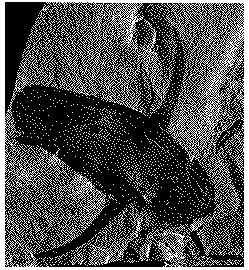 Return
Return
Pseudarctolepis

Pseudarctolepis
Only the carapace is known of this phyllocarid, as is often the case with fossil Phyllocaridae. As a consequence serious difficulties are encountered in interpreting its remains, which may sometimes become confused with those of other organisms or prove impossible to fit satisfactorily into the group's systematics. The carapace of Pseudarctolepis is of elongate form, with a beaklike elongatin on the dorsal region, both anteriorly and posteriorly. Another characteristic feature of this genus is the long spine located at the front of the ventral region and curving backwards to extend below the carapace.
Note -- Modern phyllocarids are benthonic organisms that live in the mud or beneath pebbles in shallow waters, although there are species living at depths of more than 2,000 meters ( 6,560 ft ). the capacity for active swimming is known in only one living species. It is believed that the majority of fossil phyllocarids were also benthonic forms, which lived on the sea floor, filtering minuscule particles of food. Perhaps some forms were capable of active swimming or were at least planktonic.
Copyright 1986 by Arnoldo Mondadori Editore S.p.A, Milan
.
 Return
Return
